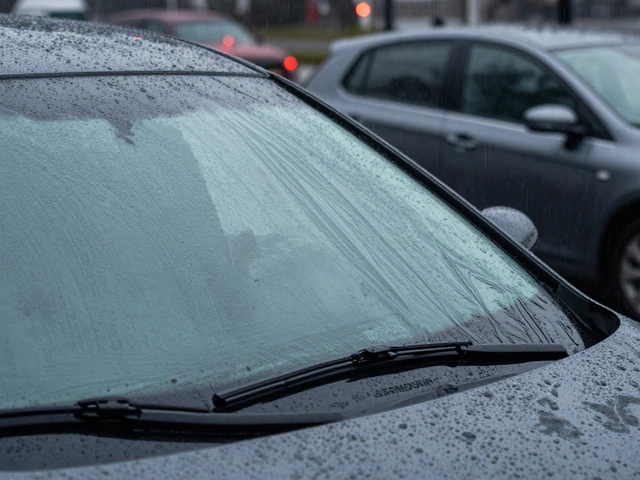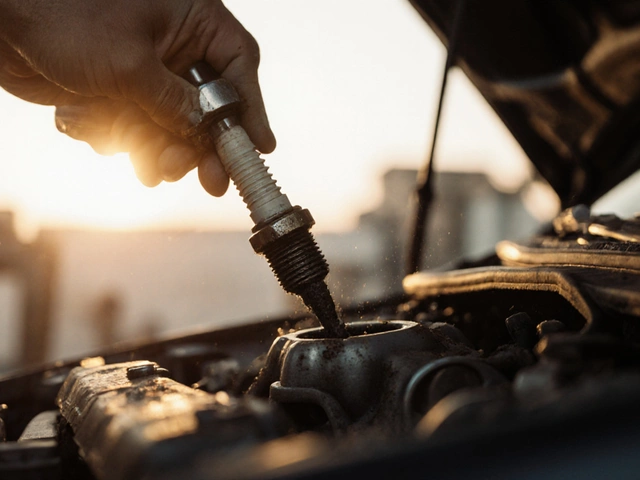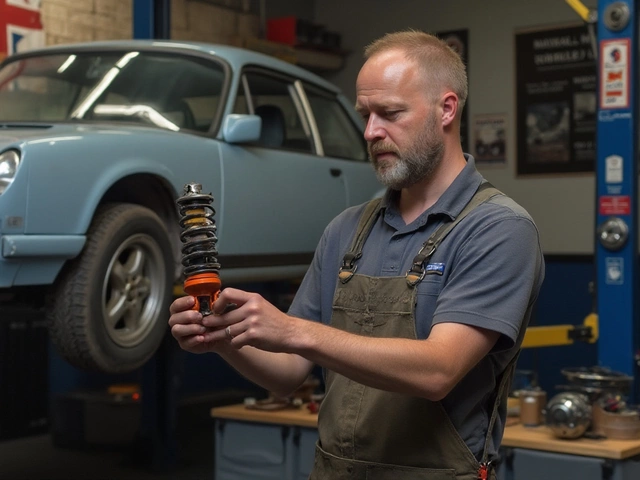Rim Buying Tips: Find the Right Wheels for Your Car
Thinking about new rims? The right set can boost looks, handling and even fuel use, but only if it fits your car correctly. Below you’ll get the basics you need before you click ‘add to cart’.
Fitment Basics
First thing – check the bolt pattern. Every vehicle has a specific number of bolts and a set diameter. You can find this in the owner’s manual or on a tyre shop website. If the pattern doesn’t match, the wheel won’t bolt on no matter how pretty it looks.
Next, size matters. Wheels are measured by diameter (in inches) and width (also in inches). Your tyre’s sidewall height is built around the wheel size, so moving from a 16‑inch to a 17‑inch rim often means you need a lower‑profile tyre to keep the overall diameter the same. Keep the overall diameter close to the stock spec; otherwise your speedometer and ABS can give wrong readings.
Offset is another hidden factor. It tells you how far the mounting surface sits from the centre of the wheel. Positive offset pushes the wheel inwards, negative pulls it outwards. Use the car’s recommended offset range – usually listed as a number like +35 mm to +45 mm. A wrong offset can scrub the tyre on the fender or cause steering pull.
Choosing Material and Style
Most buyers go for alloy rims because they’re lighter and look good. Light wheels reduce unsprung weight, which helps the suspension react faster and can improve fuel economy by a few percent. If you’re after the cheapest option, steel rims are durable but heavy and plain.
Finish matters for both looks and durability. Glossy paint, matte black or machined finishes each have pros and cons. Glossy paint can chip, especially in harsh weather. Machined finishes resist chips but can show scratches. A clear coat adds a layer of protection – worth the extra few pounds.Don’t forget to check for corrosion resistance. While alloy wheels don’t rust like steel, they can corrode if the protective coating gets damaged. Regular cleaning and occasional polishing keep them looking sharp and stop early corrosion.
Budget is real. You’ll find cheap aftermarket sets that look like the real deal but may have thin spokes or lower-quality alloys. Spend a bit more for reputable brands; they often come with a warranty and better balancing. A good set saves you money on future tyre wear and alignment.
Finally, inspect the wheels before you buy. Look for cracks, bends, or warped surfaces. Even a tiny bend can cause vibration at higher speeds. If you’re buying online, ask for clear photos of all sides and the centre bore.
When you bring the rims home, have a professional fit and balance them. Proper balancing eliminates vibration, reduces tyre wear and keeps the steering smooth. Many shops include a quick balance check for free when you buy the wheels.
Following these steps means you’ll pick rims that fit, look great and perform well. No more guessing, no more costly returns – just a set of wheels that let you drive safely and feel proud of your ride.
 7 January 2025
7 January 2025
Top Pitfalls to Avoid When Buying Alloy Rims
Choosing the right alloy wheels for your vehicle can greatly enhance its performance and appearance. However, it’s crucial to avoid common mistakes that many buyers make. Factors such as mismatched sizes, inferior materials, and overlooking the weight can lead to costly errors. This article will provide key insights into what pitfalls to steer clear of when purchasing rims, ensuring you make an informed decision that suits both your vehicle and your style.
Latest Posts
-

What Is a Good Price for Windshield Wipers? Real Costs for 2025
-

Premium Air Filter Benefits: Should You Upgrade for Cleaner Car Air?
-

What Are the Symptoms of Bad Spark Plugs? Signs Your Engine Needs New Spark Plugs
-

How to Tell if Freon Is Low in AC Car: Easy Signs and Tips
-

Detecting Worn Shocks and Springs in Your Vehicle's Suspension System

0